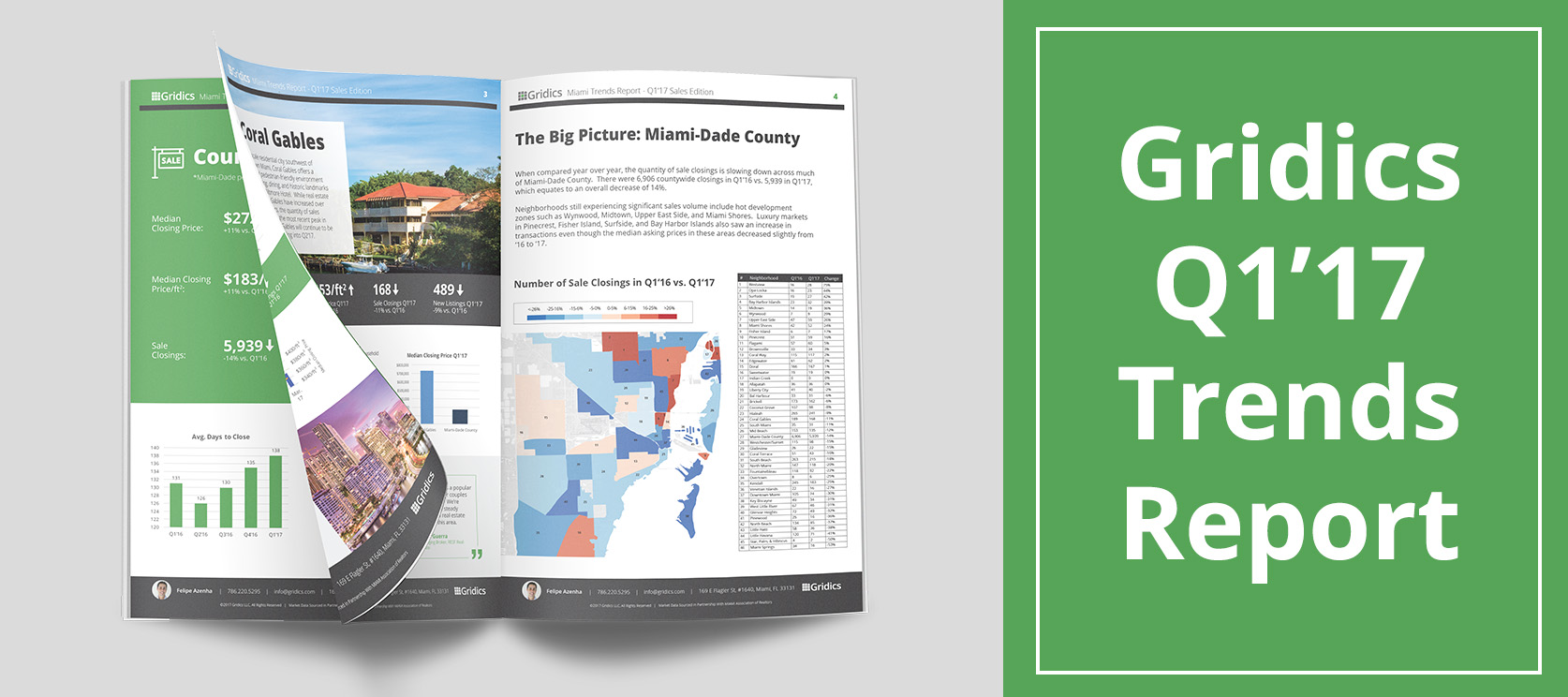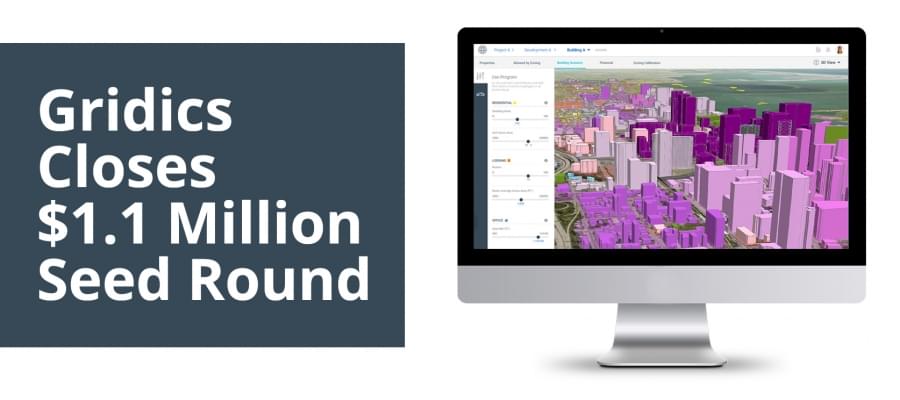Using Gridics to Analyze Government-Owned Vacant Land Suitable for Amazon
On September 7, 2017, Amazon published a Request For Proposals (RFP) for cities interested in becoming the home of its next headquarters campus.
Amazon’s RFP spells out specific quantitative real estate requirements and qualitative market requirements such as square footage needed, proximity to transportation, and zoning conditions. It turns out, this kind of detailed analysis is exactly what the Gridics application is designed to automate.
Instead of taking weeks using traditional methods, Gridics produced the precise report within hours. Our full comprehensive real estate zoning and development analysis report highlighting the viable development sites for Amazon’s potential second heaquarters can be found here.
www.zonar.city/case-study/Amazon-Headquarters
How We Conducted the Analysis
We used Gridics to narrow the search from 150 parcels to six sites in Miami’s downtown urban core that would allow Amazon to develop a mixture of high rise office and mixed use buildings to meet their needs while staying within the as-of-right zoning regulations. Each site is near the Metromover public transportation stops, which allows employees to move easily between buildings.
The published report has sections outlining the Amazon RFP, how the sites were identified, a 3-D volumetric massing of each building with full considerations of use type, parking requirements, lot coverage, setbacks and LEED bonuses for environmental friendly development. The in-depth report showcases six building sites with varying structure types ranging from dedicated office buildings with first floor retail as well as full mixed use options that would allow Amazon to incorporate a hotel and even some residential with the office space.
“Making sense of information from disparate data sources and giving users a real-time, 3-D image of what’s possible from a zoning perspective is exactly why we built the Gridics application,” says CEO Jason Doyle. “Building on early partnerships with cities, we are now expanding to major metros and are excited to bring 21st century functionality to the historically frustrating and opaque zoning process.”
What’s Next / Ways to Learn More About the Report
In addition to downloading the full report, we’re hosting a free open webinar on Thursday, October 5th at 1pm EDT to answer questions and showcase how we used the technology.
To register, please visit http://amazonreports.zonar.city.
The Gridics Advantage
Gridics has a proprietary rules-based engine that integrates the regulations and variables of a zoning code with property records, GIS parcels shapes and zones to allow users to create real-time, 3-D development scenarios on a map interface. Once a city’s zoning code is integrated into the Gridics platform, users ranging from municipal planning and zoning departments, real estate developers, architects and brokers can run similar analyses with unlimited variations in minutes. Without Gridics, this process is manual, takes weeks, costs thousands of dollars and is restricted in terms of creating variable scenarios. Cities are beginning to adopt Gridics’ automated code compliance function to more quickly assess incoming development plans and applications.
About Gridics: Headquartered in Miami, FL, Gridics is a technology company developing software as a service (SaaS) products for the real estate marketplace including their digital zoning platform.
For more information, visit www.zonar.city or www.gridics.com.

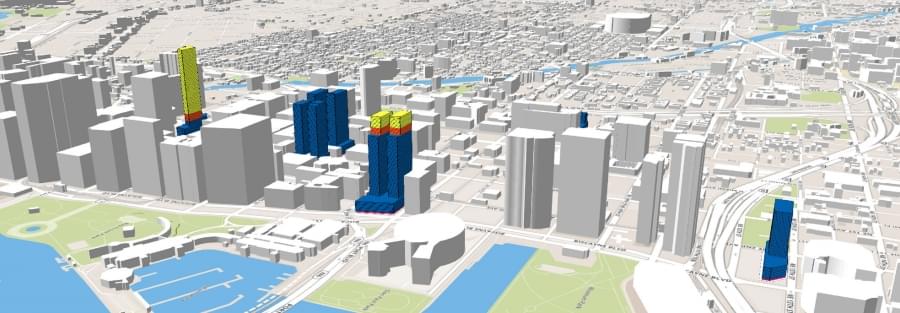
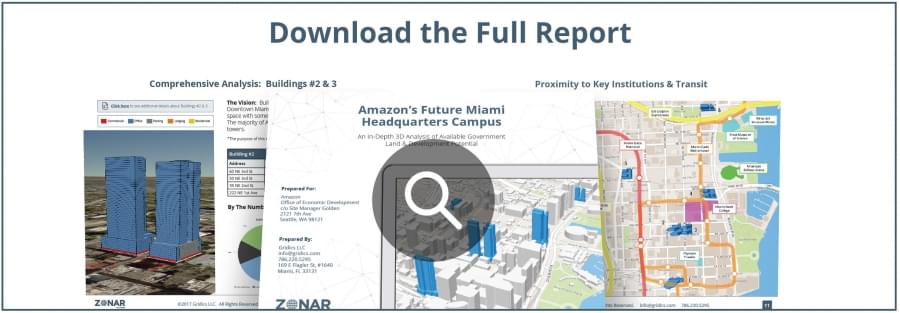
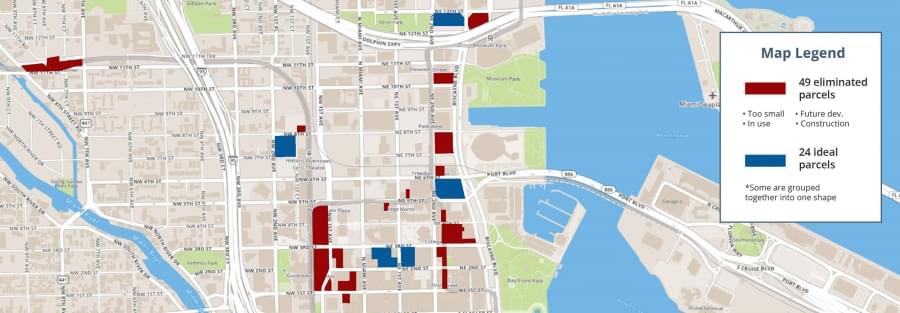

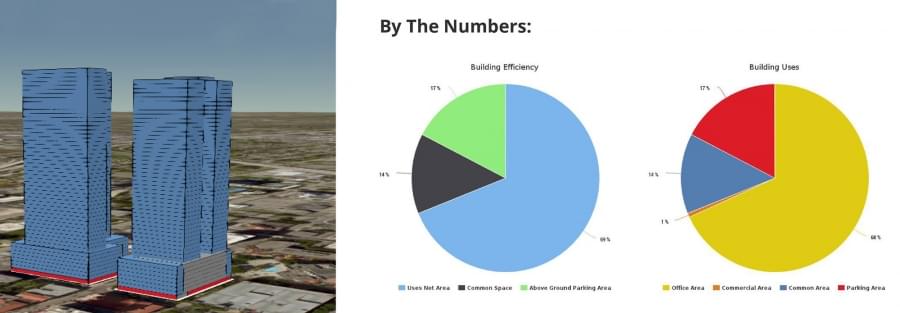
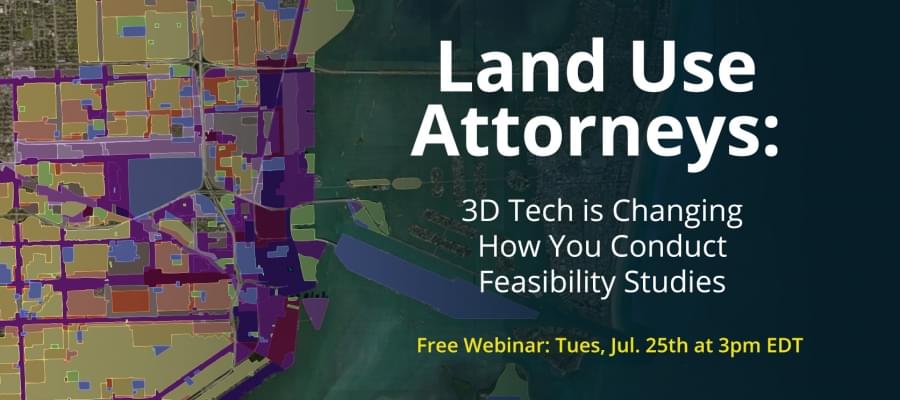
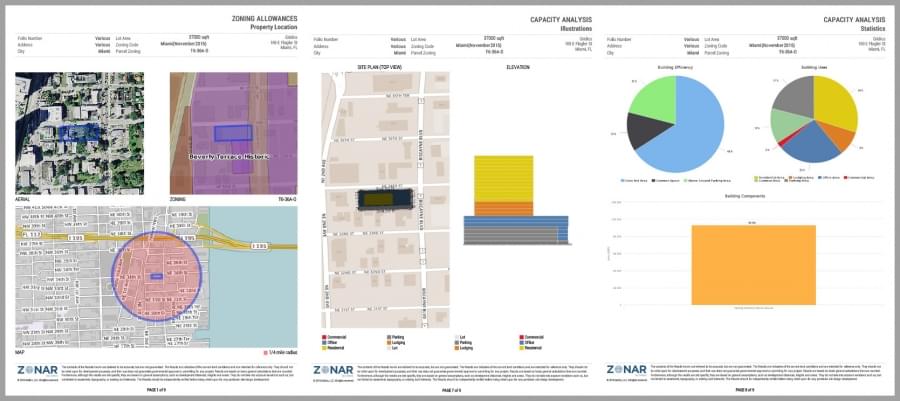

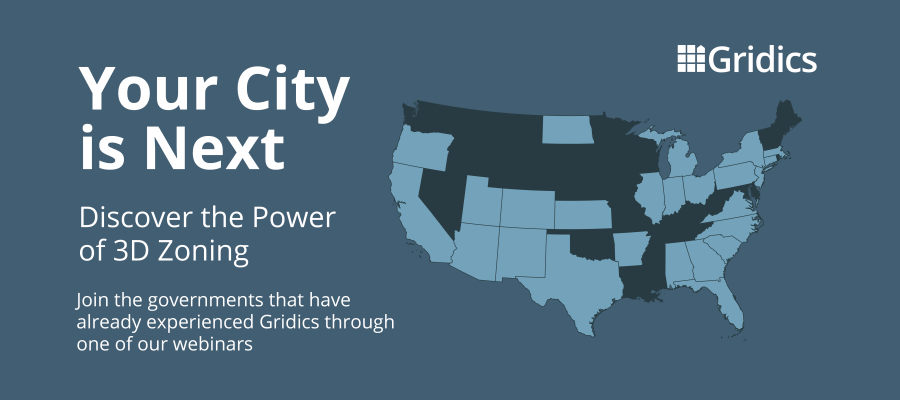




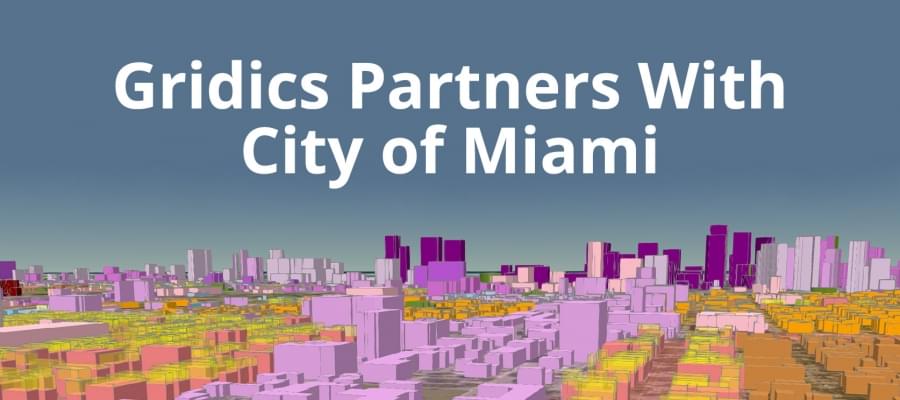
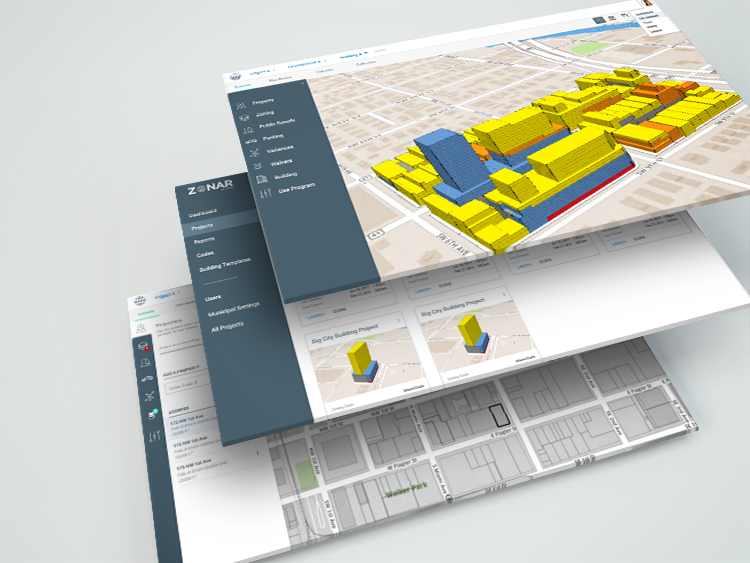 Francisco J. Garcia, Director of Planning & Zoning for the City of Miami, says, “Gridics’ alignment with Miami 21’s innovative approaches will facilitate the analysis of the regulatory framework to properly plan growth and align it with the best interest of the public. It will also improve our team’s efficiency and provide quality control to the review process. We are confident this is a step in the right direction to elevate the city’s delivery of services.”
Francisco J. Garcia, Director of Planning & Zoning for the City of Miami, says, “Gridics’ alignment with Miami 21’s innovative approaches will facilitate the analysis of the regulatory framework to properly plan growth and align it with the best interest of the public. It will also improve our team’s efficiency and provide quality control to the review process. We are confident this is a step in the right direction to elevate the city’s delivery of services.”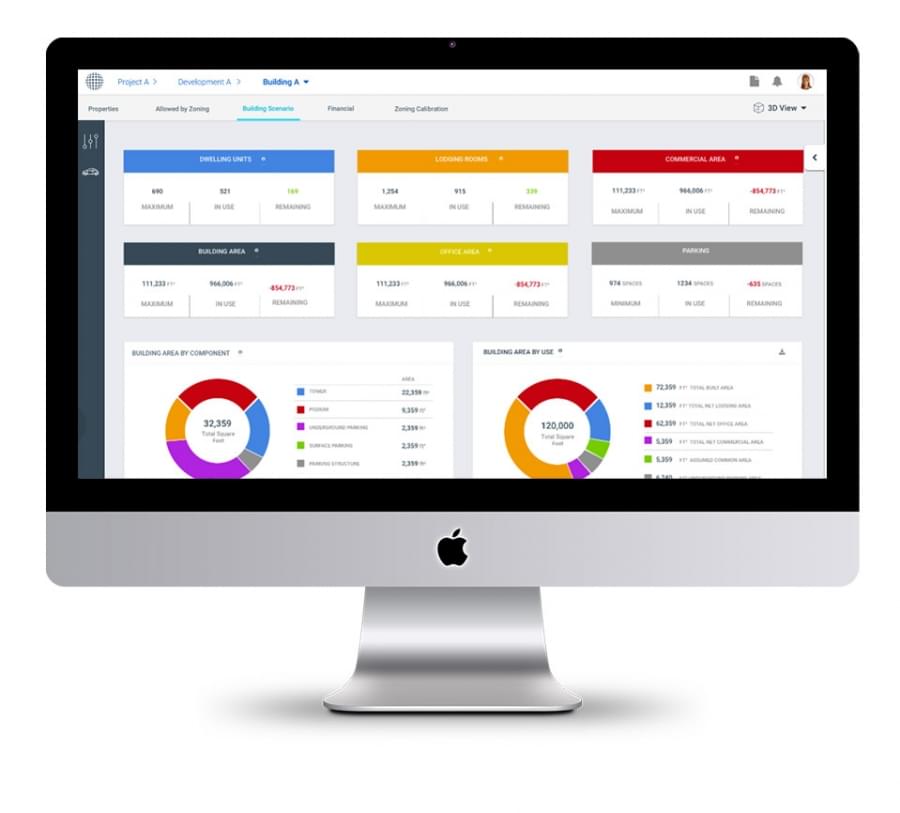 As a leading advocate for open data and civic tech, Mike Sarasti, the City of Miami’s Chief Innovation Officer, explains, “Our city leadership is committed to leveraging technology and finding local partners to solve some of our biggest challenges. Zoning and planning decisions have an enormous effect on the quality of life in the City of Miami, particularly at this time where we’re experiencing so much growth. Gridics, homegrown right in our community, understands this, making them an ideal collaborator as work to innovate City processes.
As a leading advocate for open data and civic tech, Mike Sarasti, the City of Miami’s Chief Innovation Officer, explains, “Our city leadership is committed to leveraging technology and finding local partners to solve some of our biggest challenges. Zoning and planning decisions have an enormous effect on the quality of life in the City of Miami, particularly at this time where we’re experiencing so much growth. Gridics, homegrown right in our community, understands this, making them an ideal collaborator as work to innovate City processes.